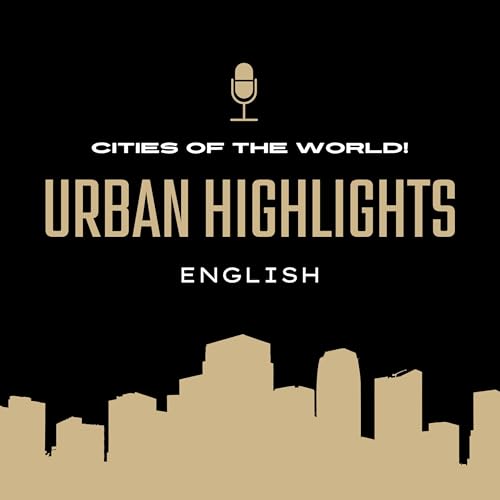Elite Travelhacking - BasiXRio de Janeiro – The City Between Mountains and Sea Rio de Janeiro, often simply called “Rio,” is one of Brazil’s most famous cities and a global symbol of joy, carnival, and breathtaking scenery. The name “Rio de Janeiro” literally means “January River,” a reminder that Portuguese explorers mistook the Guanabara Bay for the mouth of a river when they arrived on January 1, 1502. Today, the city stretches along a spectacular coastline in southeastern Brazil, between the Atlantic Ocean and lush green mountains. Covering an area of about 1,200 km², Rio may not be Brazil’s largest city, but it is home to roughly 6.7 million people, with over 12 million in the greater metropolitan region. The city is divided into numerous districts, from the tourist hotspots of Copacabana and Ipanema to the historic center with its colonial architecture, and up to the hilly, often poorer favelas that have become inseparably linked to Rio’s image. History – From Colonial Outpost to Modern Metropolis Rio de Janeiro was officially founded in 1565 by Portuguese settlers. Its seaside location made it a vital port for the trade of sugar, gold, and later coffee. During the Napoleonic Wars, Rio even became the capital of the Portuguese Empire in 1808, when the royal family fled Napoleon’s troops to Brazil. This left behind a legacy of grand architecture and regal culture, including landmarks like the Teatro Municipal and the Palácio Imperial. Prominent figures such as politician and abolitionist Joaquim Nabuco shaped the city in the 19th century, while modern icons like musician Antônio Carlos Jobim placed Rio on the global map of jazz and bossa nova. Historical developments such as the rise of the favelas, the evolution of the Carnival, and major international sporting events reveal a city that constantly balances tradition and modernity. Culture & Landmarks – A Melting Pot of the Senses Rio is a cultural fireworks display. The Christ the Redeemer statue atop Corcovado Mountain, a world-famous landmark, watches protectively over the city. Sugarloaf Mountain (Pão de Açúcar) offers stunning views of Guanabara Bay. Museums such as the Museu de Arte do Rio (MAR) and the futuristic Museu do Amanhã blend history, art, and science. The streets themselves become stages for samba and capoeira—especially during the legendary Carnival, when samba schools parade through the city in dazzling costumes. Rio’s cuisine mirrors Brazil’s diversity: Feijoada (a hearty bean stew with meat) is the national dish, while churrasco (barbecue) and tropical fruits like açaí and passionfruit delight locals and visitors alike. Little anecdotes—such as the sight of millions dressed in white along Copacabana Beach on New Year’s Eve—add a touch of magic to the city’s spirit. Society & Daily Life – The Rhythm of Rio Portuguese is the official language, spoken in a distinctive Brazilian accent characterized by melodic intonation and expressive phrasing. Religion plays an important role: Catholicism dominates, but evangelical churches, Afro-Brazilian faiths such as Candomblé, and spiritual practices within the favelas also shape the urban landscape. Education is widely accessible in urban centers, with renowned institutions like the Federal University of Rio de Janeiro. Sports are more than leisure—they are a passion. Football clubs like Flamengo and Fluminense inspire near-religious devotion, while volleyball and surfing are part of everyday life along the beaches. Daily life oscillates between the bustling city center and the peaceful, green sanctuaries tucked into the hills or along the coast. Economy & Infrastructure – The Beating Heart of Brazil Rio is one of Brazil’s major economic hubs. Its port is among the country’s largest, and the city serves as a center for the oil and gas industry, financial services, and tourism. Major corporations like Petrobras are headquartered here, and Galeão International Airport connects the metropolis to the world. Public transport includes buses, metro lines, and cable cars—most famously the one ascending Sugarloaf Mountain—though the city’s steep terrain and heavy traffic pose daily challenges. The favelas, some of which sustain their own micro-economies, add layers of social and economic complexity that make Rio both challenging and endlessly fascinating. Politics & Administration – Between Tradition and Progress Rio is governed by a mayor and city council responsible for local legislation, infrastructure, and public services. Historically, the city served as Brazil’s capital until 1960, when Brasília took over the role. Today, Rio maintains strong international relationships through sister-city partnerships with Lisbon, London, and Shanghai, among others, and remains an influential political and administrative center for the state and nation. Nature & Environment – Tropical Splendor Between Peaks and Ocean Rio...
続きを読む
一部表示
 1分未満
1分未満 1分未満
1分未満 1分未満
1分未満 7 分
7 分 2025/09/241分未満
2025/09/241分未満 1分未満
1分未満 1分未満
1分未満 2025/09/211分未満
2025/09/211分未満

